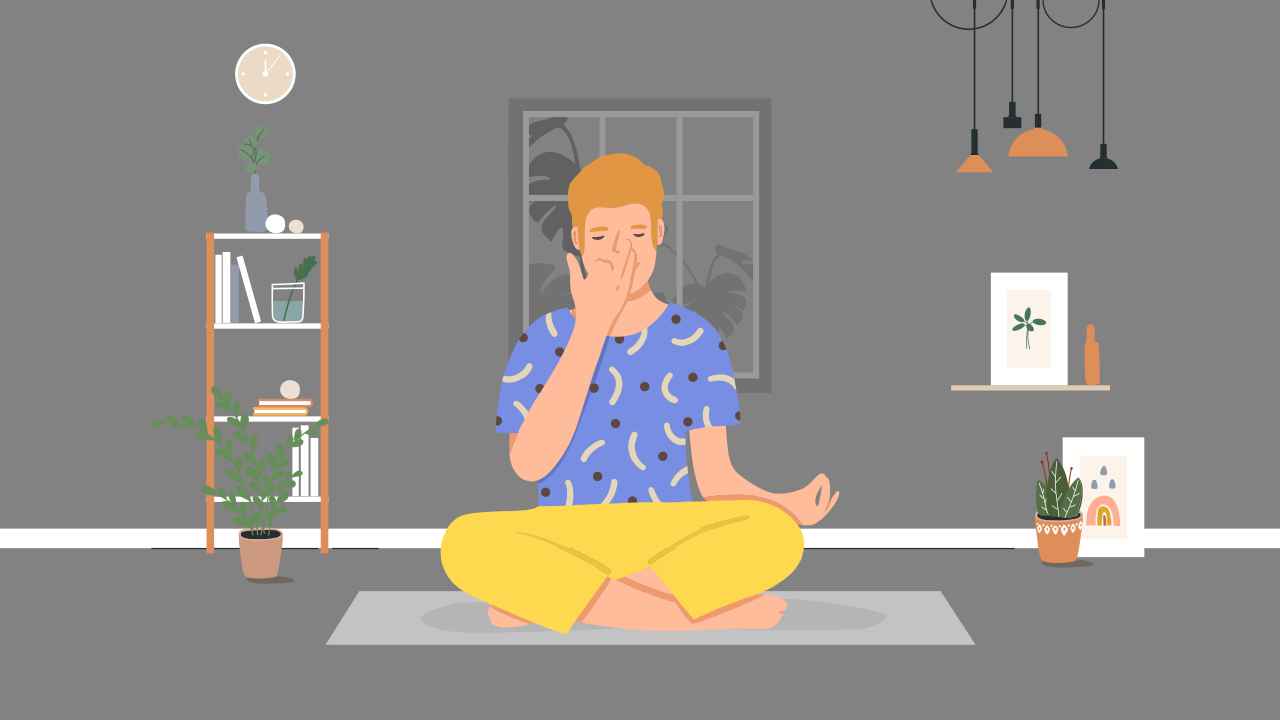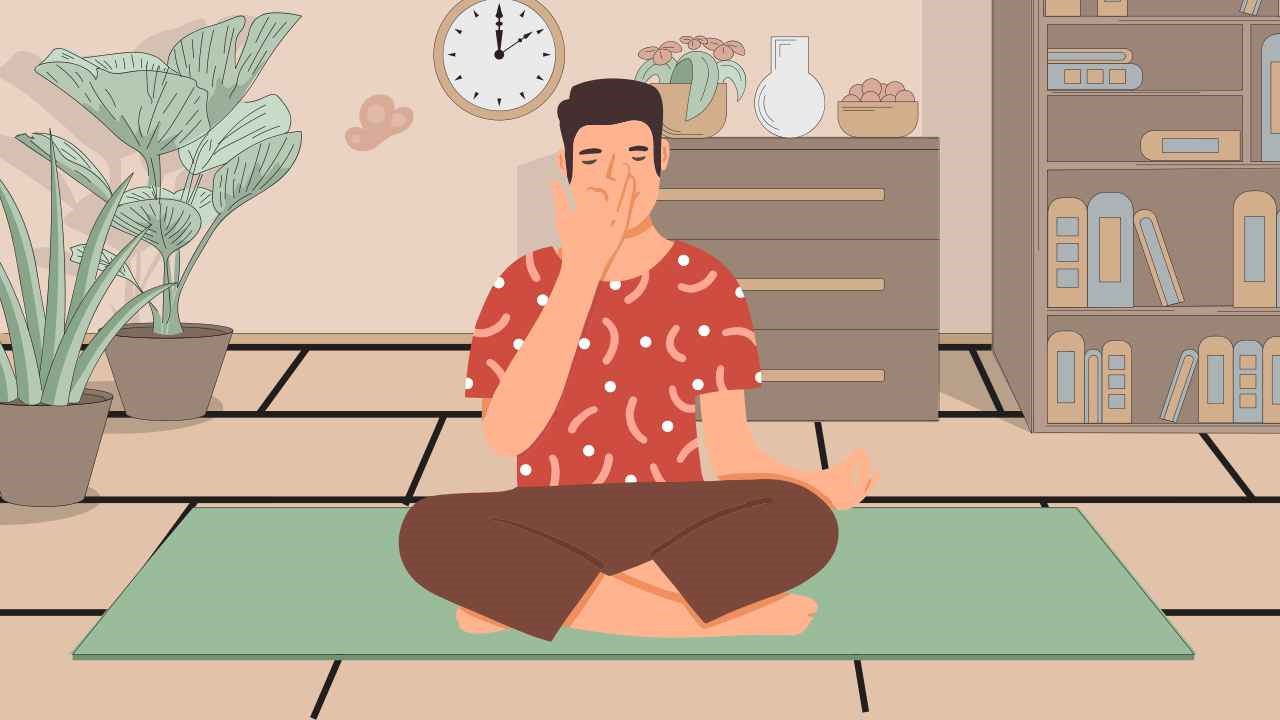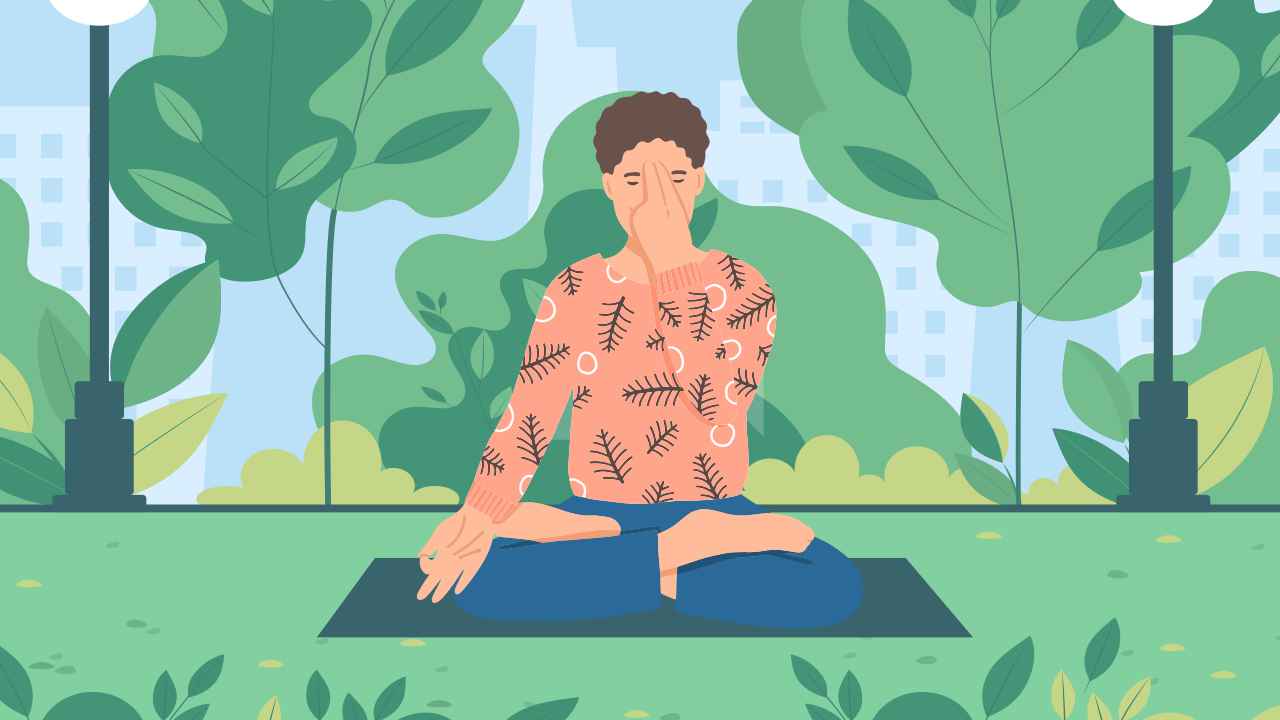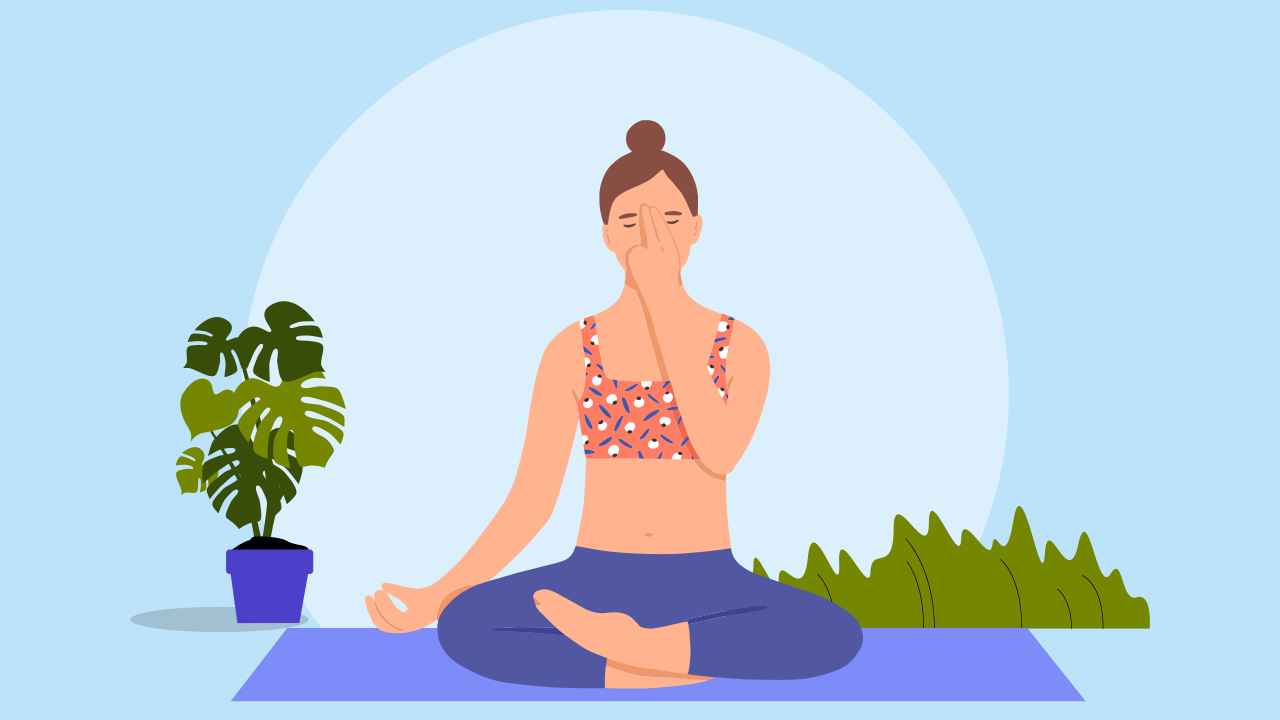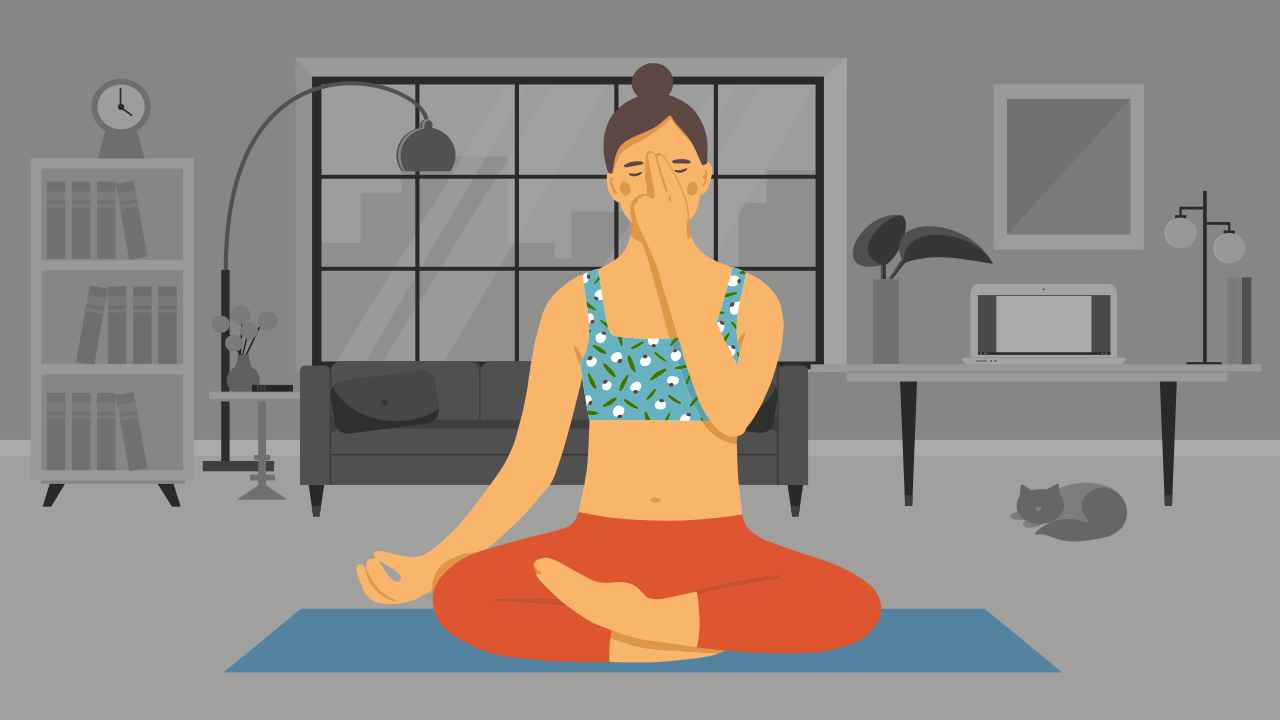
Yoga Poses to Improve Balance
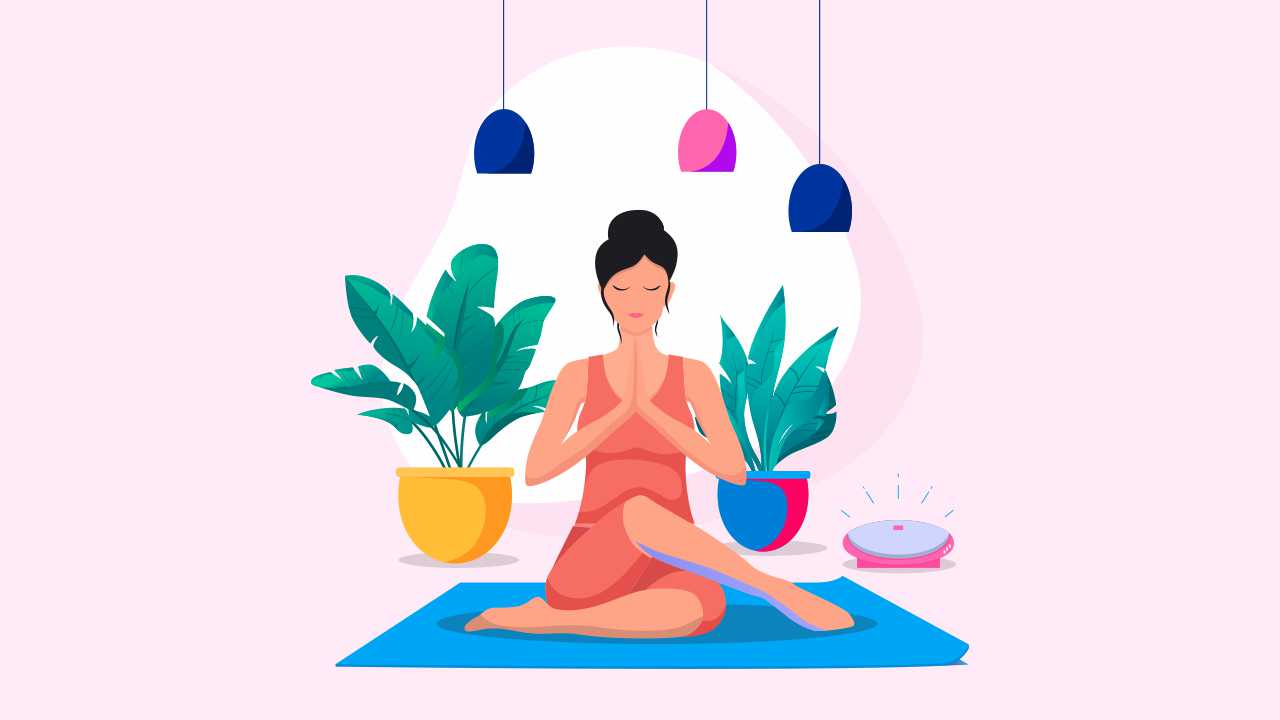
When you fall, whether out of a pose on your mat or in everyday life, swift reaction is essential for avoiding harm. This is where the importance of balance training comes in. When it comes to building a fitness routine, balance training is frequently overlooked, and thus, most of us are unaware of its advantages.
Balance refers to the capacity to maintain control of your body’s position in a fixed position, such as in a complicated yoga pose or when you move. For instance, you want your body to have the ability to react quickly to catch yourself in mid-fall or grab someone out of harm’s way. While falling when one is older can have more serious implications, it can happen at any age and with any level of activity. Balance, agility, speed, coordination, and power are necessary motor fitness components for effective everyday living and good athletic performance.
Benefits of balance training while exercising
Here are some advantages of including balance training in your workout:
1. Ensures joint stability
Knees, ankles, hips, and shoulders are more stable as a result of balance training. This can help you avoid a variety of injuries, such as sprained ankles and major knee problems.
2. Facilitates coordination
Balance training necessitates the coordination of your complete body; otherwise, you may fall or stumble. Improved coordination gained through balance training will be translated to everyday life coordination.
3. Brings about body awareness
Body awareness, also known as proprioception, is the perception of how your limbs are situated in space. Body awareness improves with balance training, reducing the risk of injury.
4. Contributes to your long-term well-being
Including balance training in your workout program can help you maintain or improve your balance, which is important for avoiding falls and fractures. Your balance may decrease with age, and you may want to prevent this from happening.
5. Results in a higher reaction time
Balance training can help you increase your reaction time. If you slip or stumble when doing balancing exercises, your body must rapidly rebalance, or you will fall. As a result, your reaction speed in daily life will improve.
Why should you focus on your balance?
Working on your balance needs to be a part of your daily routine. Increased balance has a variety of plus points. These include a lower chance of injury, improved intelligence, and a longer life span. With that in mind, here are some reasons to work on your balance:
1. Enhancement of performance
Your body’s capacity to manage itself during difficult tasks will automatically improve as your balance and muscle group coordination gets better. This means greater agility, shorter reaction times, and better performance for athletes.
2. Injury prevention through balance
Improving balance has been demonstrated to be effective in preventing injuries in a variety of people. Balance training has been linked to a significantly reduced risk of injury in athletes. A damaged ankle can ruin your season and predispose you to future sprains for the rest of your life, but ensuring regular work can reduce the risk of sprain by half.
Yoga poses that can enhance your body’s balance
Here are some yoga exercises to improve your balance:
1. Tadasana / Mountain Pose
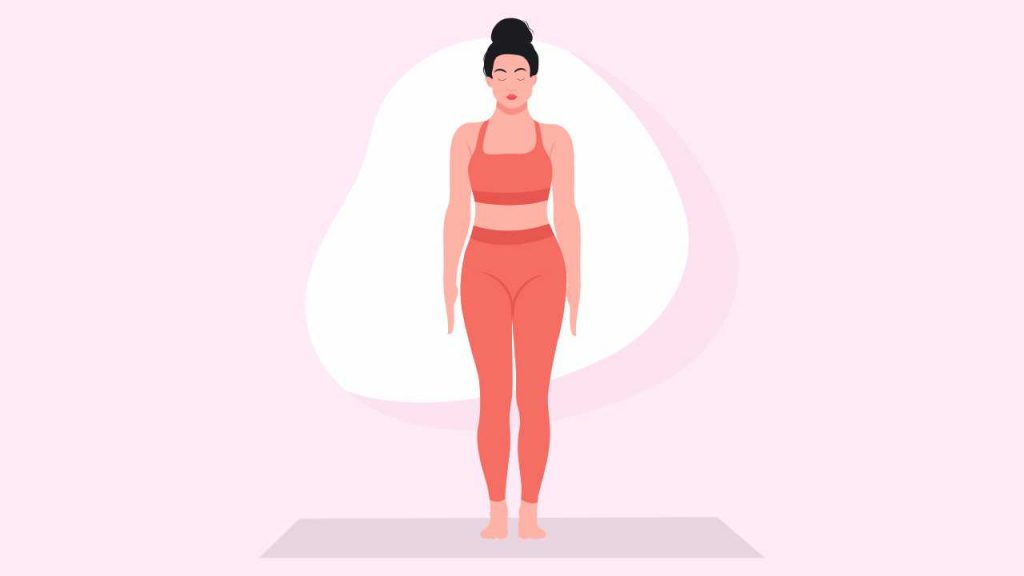
Begin with your feet parallel to the ground. To stimulate the muscles in your lower legs, lift and spread your toes. Engage your quadriceps by bending your knees slightly. To level your pelvis, contract your lower abdominal muscle, and to bring your ribs in, contract your upper abdominal muscle. Draw your upper arm bones back and lengthen your side waist. Switch sides after a 10-breath hold.
2. Vrikshasana / Tree Pose
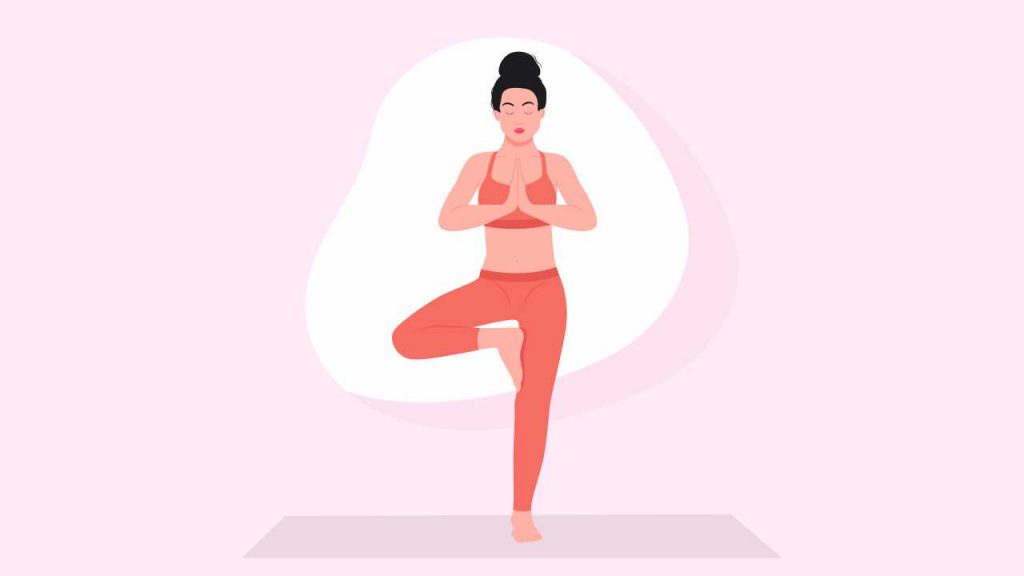
Start in the Mountain Pose and move your weight to your left leg, placing the sole of your right foot on the floor in a way that your leg’s calf or inner thigh supports you; avoid placing the right foot on the left knee to protect the joints. Switch sides after holding for five to 10 breaths. Close your eyes as a challenge.
3. Garudasana / Eagle Pose
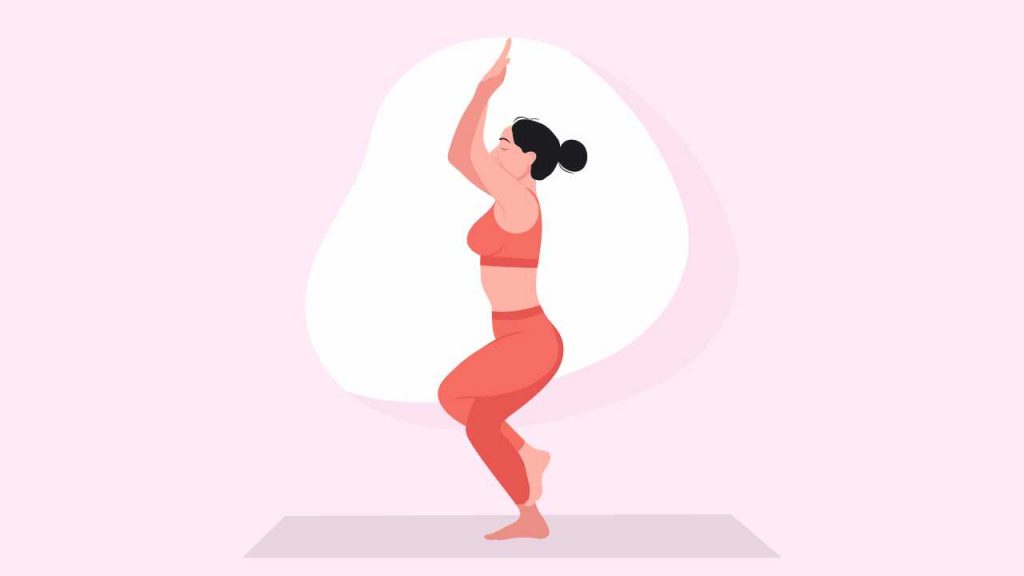
Commence in the Mountain Pose. Transfer your weight and bend your left leg slightly. Then, cross your right thigh over your left one and cross your right arm under your left arm. Switch sides after a 10-breath hold.
4. Warrior III
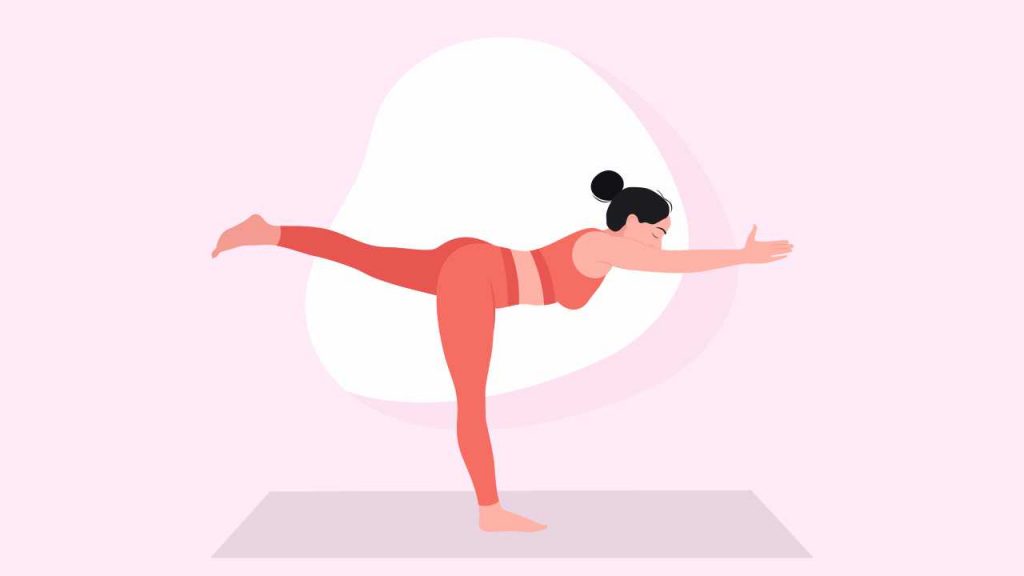
Begin in the Mountain Pose and shift your weight to your left leg, allowing your right leg to drift back. With arms stretching toward the front or back toward the foot, your upper body and extended right leg are parallel to the floor. Your hands placed on the hip start to help with balance. Switch sides after holding for five to 10 breaths.
5. Utthita Hasta Padangusthasana / Extended Hand-To-Big-Toe Pose

Start in the Mountain Pose, shifting your weight to the left leg and bringing your right knee to your belly button. Wrap your index and middle fingers around your big toe or use a strap around the foot’s sole.
Begin by straightening the leg in front of the torso. Then, shift only the right leg and arm to the right side, leaving the left hand on the hip or towards the left side, and looking over the left thumb. Hold for five breaths.
As Jana Kingsford puts it “Balance is not something you find, it’s something you create”. Enjoy creating your balance with the help of these simple yoga poses.


